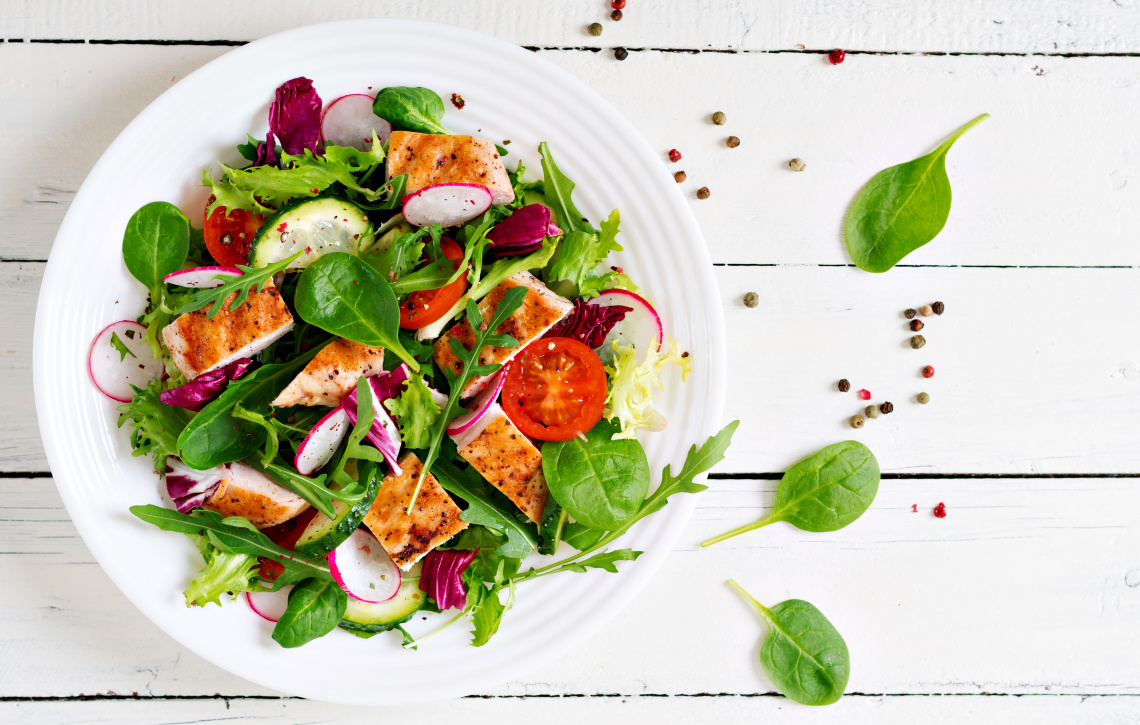Just to clarify we’re not advocating for or denying the effectiveness of any diet. We’re simply here to help you figure them out and keep up to date with the latest in nutrition and health research.
The Basics of the Whole30
The concept of the Whole30 is that certain foods may be having a negative impact on your health and fitness without you even realising it. Energy levels may be low, aches and pains won’t go away, losing weight is difficult, allergies, skin issues, poor sleep, chronic pain that medications can’t seem to help … all of these could be related to something in your diet, even something ‘healthy’.
The Whole30 is a reset for your health, your habits and your relationship with food. You will probably lose weight while you’re doing it, but it is not a weight loss plan. The goal is to investigate how your body responds to certain food by eliminating them and reinstating them slowly after 30 days.
So, the most common inflammatory foods are completely stripped from your diet for 30 days. Your body is allowed to heal and recover over this period and after 30 days, reintroduce them one at a time to determine which of the trigger foods may be causing your issues.
So what do you eliminate?
It is a very strict eating plan - cheat once and you have to begin again from Day 1. According to Melissa and Dallas Hartwig who devised the plan, these are the foods that cause inflammation and gut damage, destabilise blood sugar levels which lead to cravings:
- Sugar in any form - real or artificial, including maple syrup, honey, xylitol, coconut sugar and ‘healthy’ sweeteners. Always check labels as sugar sneaks in everywhere!
- Alcohol and tobacco - just none!
- Grains - including but not limited to wheat, rye, barley, oats, corn, rice, millet, sorghum and gluten free cereals like quinoa. Again, check labels as grains can creep in in the form of bran, germ starch and so on.
- Legumes - any kind of bean including black, red, pinto, white, kidney, lima, fava; peas, chickpeas, lentils and peanuts (no peanut butter!). Also all kinds of soy including soy sauce, miso, tofu, tempeh, edamame and again the sneaky ones like lecithin. You are allowed, green beans, sugar snap peas and snow peas.
- Dairy - cow, goat or sheep milk products like milk, cream, sour cream, cheese, ice-cream, yoghurt or frozen yoghurt. You are allowed ghee.
- Baked goods, junk foods, or treats with ‘approved’ ingredients. A muffin is still a muffin even its made with coconut flour - recreating these foods is missing the point of the plan and is thought to compromise the life-changing results this plan could make.
- Sulphites (food additive to prevent growth of bacteria, maintain food colour and prolong shelf-life),
- MSG (popular ingredient in processed food as a flavour enhancer),
- Carrageenan (much like flour or starch; made from red seaweed). Again, read your labels. You are allowed salt and vinegar other than malt.
When in doubt, leave it out!
And no standing on the scales at all over the 30 days. The focus needs to be on the other lifelong benefits this plan can bring, rather than being distracted by numbers on a scale.
And what can you actually eat?
Eat moderate (preferably organic) portions of meat, seafood and eggs, plenty of vegetables, some fruit, nuts, natural fats, herbs and spices. Basically, eat foods with very little ingredients, or no ingredients at all which will mean they are whole and unprocessed.
Are there any negative associations with the diet?
Many nutrition experts are not enthusiastic about the diet because it eliminates food that are actually healthy and essential for weight loss like grains and legumes. And because it is so restrictive, it is difficult to stick to.
However, as it is only for 30 days and because people are becoming less trusting of traditional sources, many people have tried the diet and are singing its praises. It has become a diet for the ‘anti-dieting’ age - when people are more interested in mindful and clean eating, and their over

Comments